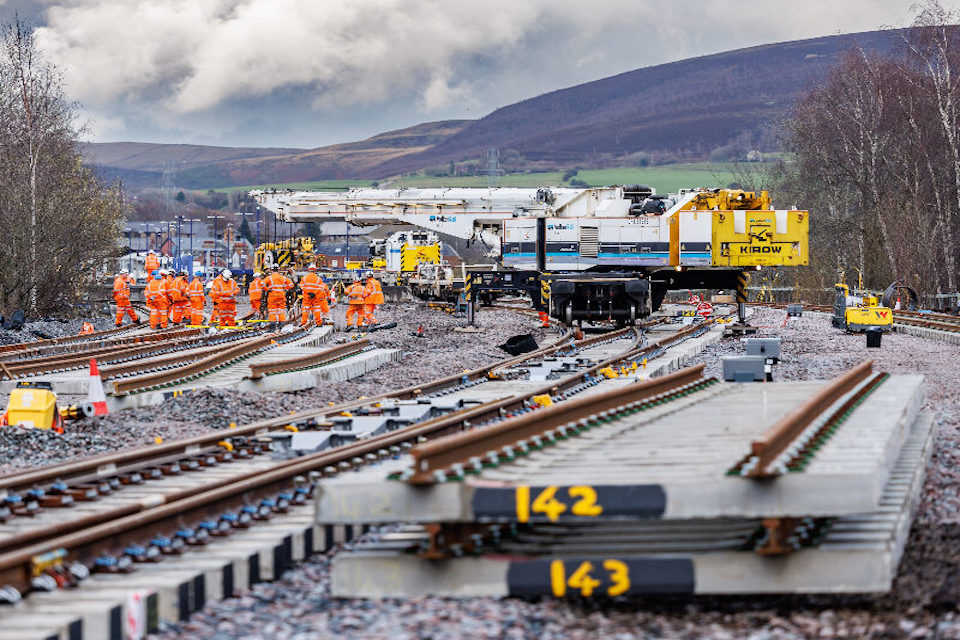A new document from the industry representative Rail Freight Group (RFG) focuses on the North East of England rail freight sector. The RFG has highlighted the region’s critical areas for development and growth. North East England is credited with the birth of the modern railways just under two centuries ago.
“Rail Freight in the North East” is a strategy and study document. It was launched after the RFG held a general members’ meeting in the area. The launch was hosted at the Port of Middlesbrough. It focuses on the current state of the region’s rail freight traffic and the emerging opportunities. It examines what will be needed to support growth over the long term.
Downs and ups of heavy industry
“The North East has a long and proud history of rail freight,” said the Group’s Northern Representative, Martin Bignell. “[The region] continues to have a huge variety of freight moving by rail. Although we have seen considerable change in the industrial landscape of the North East in recent years, significant and ongoing investment in the region has opened up new opportunities for rail in intermodal and other sectors.”

Bignell alluded to the radical change of the industrial landscape in the region, not least the rapid demise of heavy industry as a mainstay of the regional economy. The often quoted saying: “taking coals to Newcastle”, references the seminal part played by the coal mines of the region and the railways built to carry that mineral wealth to the rest of Britain.
Transpennine Route Upgrade is pivotal
Today, the North East brings a different prosperity to the UK. An estimated 33% of goods enter the UK through ports in the North of England. The rail-based forwarding from those ports is expected to grow by over 30% by 2050. The document further identifies that rail freight contributes around £2.45bn (€2.89bn) to the UK economy every year.

In the document, the RFG also highlights the importance of infrastructure investment for the future prosperity of the North East. In particular, the Transpennine Route Upgrade, is identified as a key enabler. RFG says it’s critical to develop an efficient North East – North West axis for intermodal rail freight. The railway will help remove heavy goods vehicles from the M62 (cross-Pennine highway) and relieve some of the most congested roads in the North.
A regional revival based on rail
“Looking forward, it is vital to support emerging opportunities as the steel-making industry restructures,” said Maggie Simpson OBE, Director General of RFG. “The region’s ports continue to thrive as gateways to Europe. New technologies like carbon capture and sustainable fuel manufacturing [are becoming] established. We need to ensure that our national rail infrastructure can support these new routes and demands.”

The Port of Middlesborough was chosen for the launch of the study document, because of its rebirth potential. Once a synonym for heavy industry, centred on steel manufacture, it’s now radically rebuilding. Teesport Intermodal Rail Terminal dispatches trains daily to a growing roster of inland and short seaport terminals. Those trains may not yet be as numerous as the coal and ore trains that once served the steel industry, but the steel boxes unloaded from the ships at North East ports are catching up on volume, and the volume is growing louder for a regional revival, carried by rail.